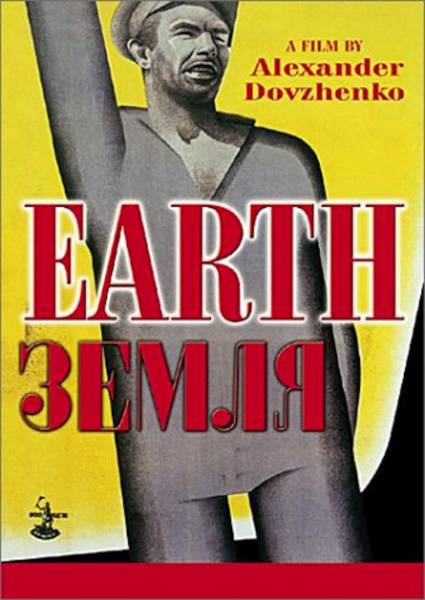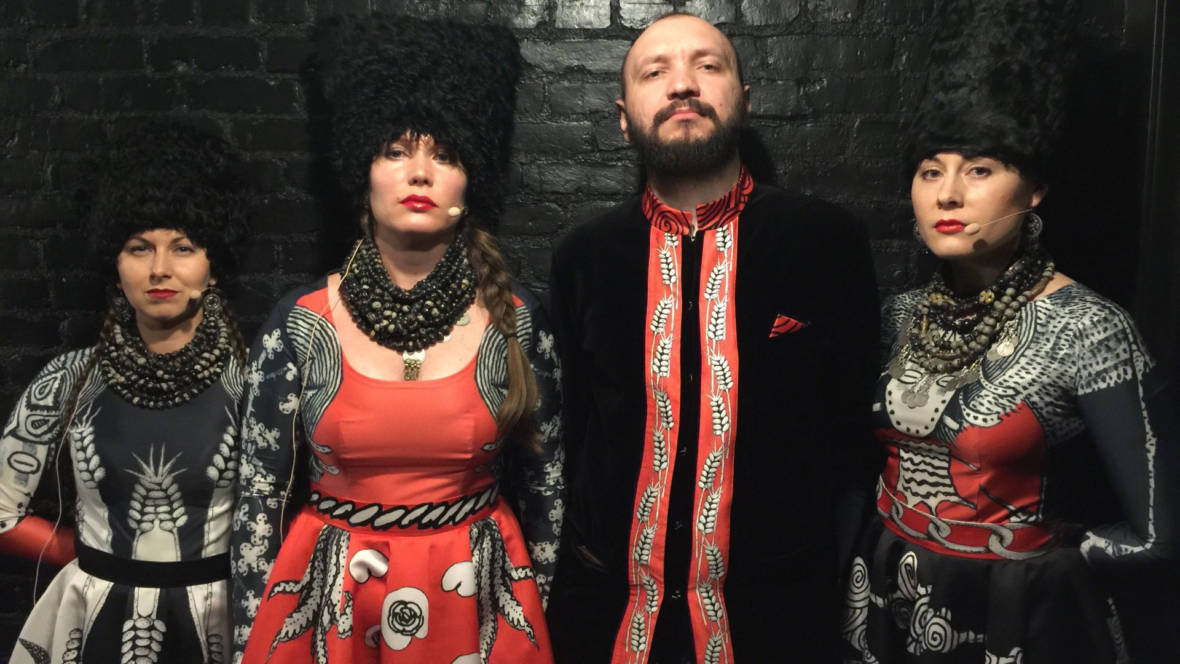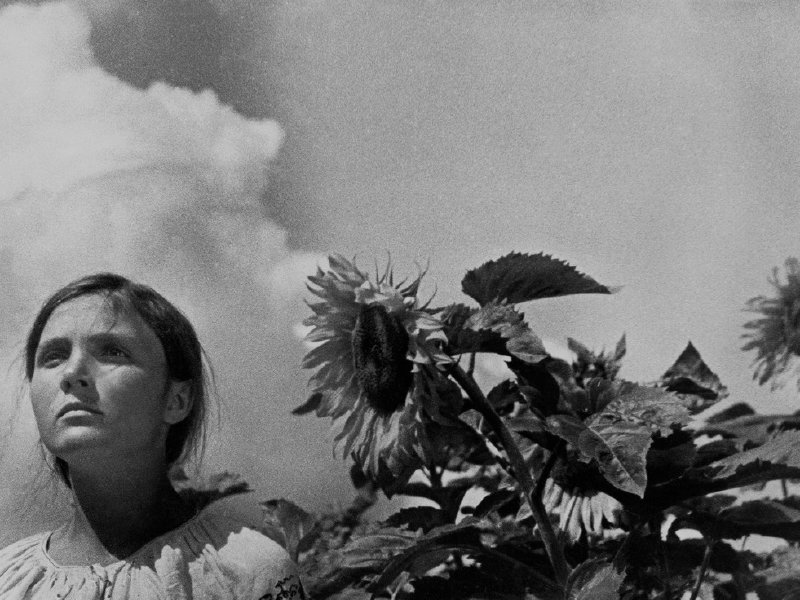Just because a film is a game-changing masterpiece doesn’t mean its legacy is uncomplicated. Think of D.W. Griffith’s 1915 white supremacist epic The Birth of a Nation, which both glorified the role of the Ku Klux Klan during Reconstruction and introduced a panoply of new narrative devices to cinema. Or Leni Riefenstahl turning Hitler into a God-like figure descending from the clouds in her documentary Triumph of the Will, glorifying the Nazi’s 1934 Nazi Party rally in Nuremberg.
Created to celebrate Stalin’s collectivization project, which pushed Ukrainian peasants off their land into huge communal farms, Alexander Dovzhenko’s classic 1930 silent film Earth isn’t quite as notorious. But this landmark of Soviet cinema, the third of the director’s seminal “Ukraine trilogy,” inhabits unsettled ground where propaganda and art contest for meaning. DakhaBrakha, the amazing Ukrainian ensemble that reverently reinvents hair-raising polyphonic Ukrainian folk songs, perform an original live score for Earth on Friday, Aug. 19, at the SFJAZZ Center. The quartet also perform at 3pm on Sunday, Aug. 14 at San Jose Jazz’s Summer Fest.
Commissioned to create the new score by the national film archive, Kiev’s National Oleksandr Dovzhenko Centre, DakhaBrakha tackled the film’s difficult legacy head on. Viewed today, it’s impossible not to think of a way of life about to be erased, a reality evoked by their percussion-driven incantations.

“Of course it’s controversial,” says DakhaBrakha multi-instrumentalist and vocalist Marko Halanevych, speaking through an interpreter over the phone. “The film was created to show the great Soviet way of life, but we know all the events in the next year. It’s very complicated to divide the art and the moment. The film is a masterpiece created by a genius. But we know the history now and in our music we tried to see and feel this like modern people.”



